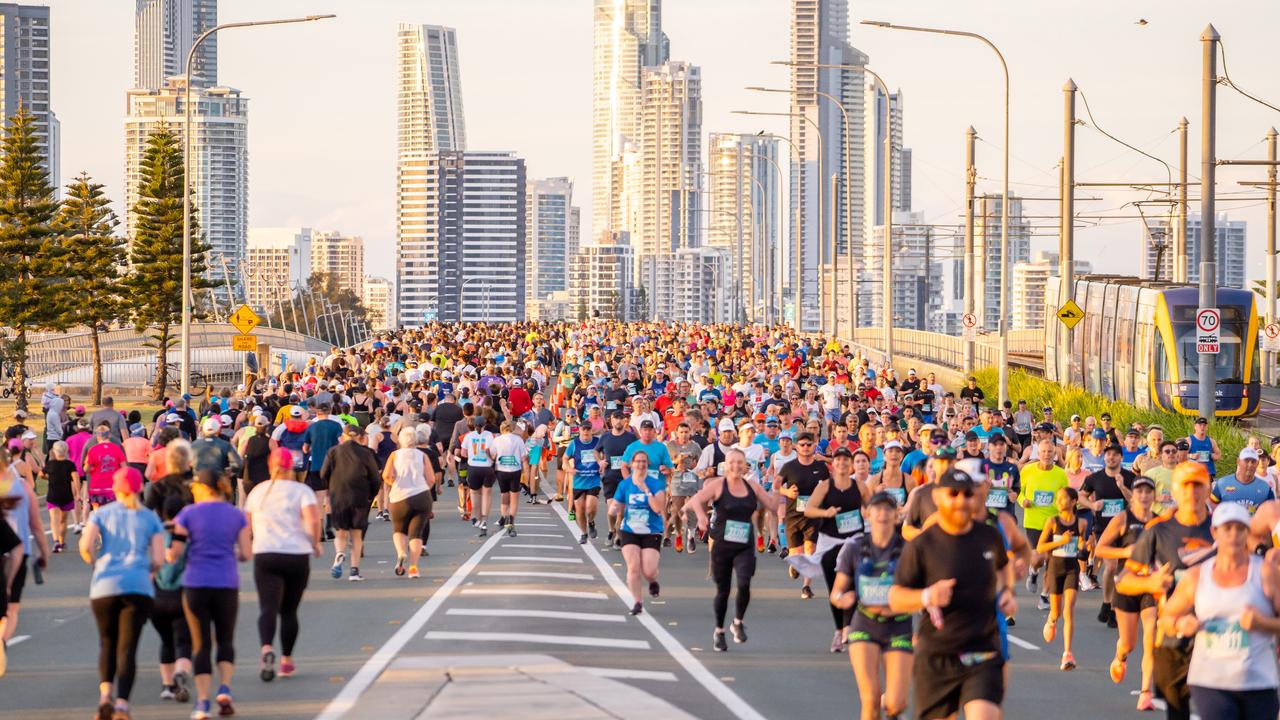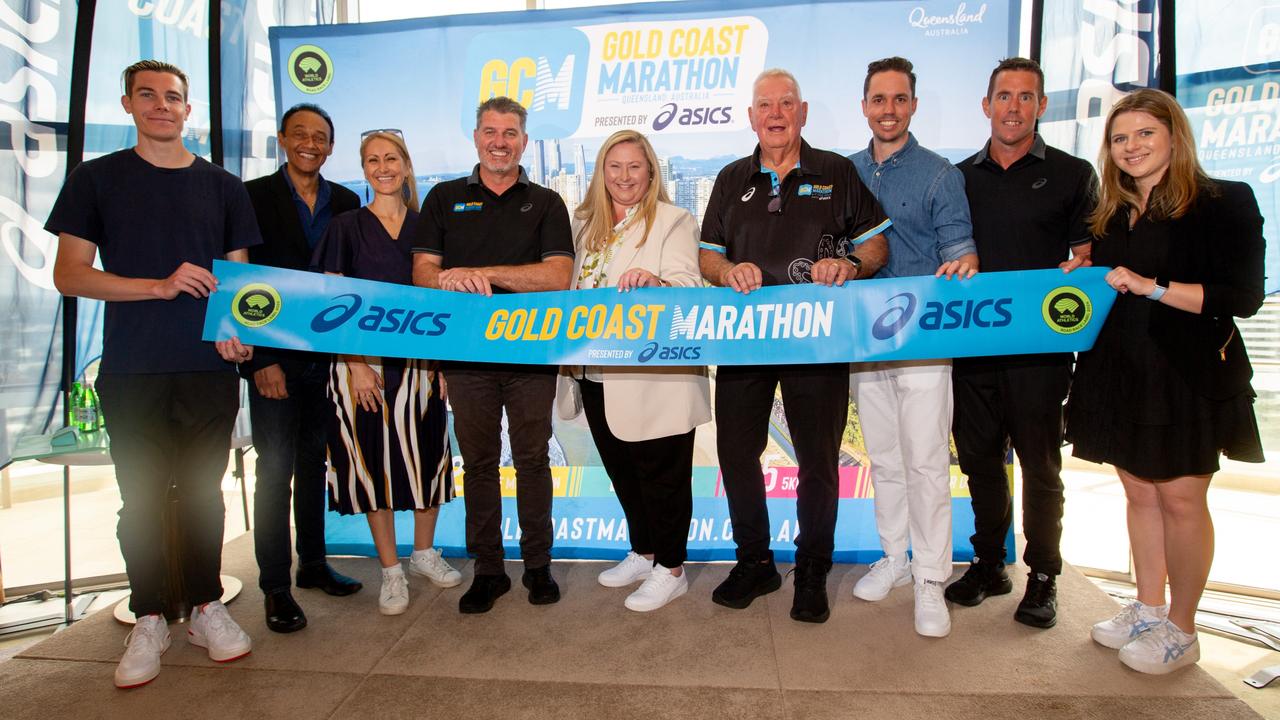Tips to stay injury-free for the Gold Coast Marathon
With nine weeks to go until the Gold Coast Marathon, it is important to keep injuries at bay. Sports and Exercise Physiotherapist Brad Beer shares his top tips.

Gold Coast Marathon
Don't miss out on the headlines from Gold Coast Marathon. Followed categories will be added to My News.
With nine weeks to go until the Gold Coast Marathon, it is important to keep injuries at bay so you can reach the start line in top shape, ready for a good time, on 6 - 7 July.
Here are six tips to help you avoid injury during your training:
1. Strengthen your body
Get your body strong through strength and conditioning exercises, either at home or seek out a trainer to provide a gym program. Not only will strength work reduce injury risk but it will have a significant positive effect on your performance. Most runners understand the concept of body ‘overuse’ leading to injuries, however many ‘overuse’ injuries actually occur due to under preparation.
2. Don’t overstate the importance of stretching or foam rolling
Flexibility is not as important for runners as you might think. Tight muscles, such as calves, hamstrings, and glutes, are, in fact, typically weak muscles. When the focus is put on strengthening these, such as doing calf raises instead of calf stretching or foam rolling, the muscle tightness tends to reduce.
3. Avoid the ‘messy middle’
A training balance of 20% high intensity and 80% low intensity will significantly reduce injury risk. The ‘danger zone’ that is not conducive to performance gains and heightens the risk of a training injury is logging miles at mid-intensity, where the intensity is not high or low.
4. Less can be more
Don’t do too much too soon. A training error which often leads to injury is when training loads are spiked in attempting to cram training for an upcoming event on a short timeline. Research shows that increasing training load by 1.5 times more than the average of the prior four weeks can increase injury risk by 38%. Build your training load gradually over the next nine weeks and if you miss a training run, don’t cram!
5. Maximise your recovery by getting ahead when you rest
Making sure you rest on your days off is important for injury prevention. Running on your day off following a long run may feel psychologically ‘good’, however it may do little for your fitness. Allowing sufficient recovery time helps absorb the training loads better and improves your performance.
6. Act on niggles and strains quickly
It can be difficult to know when to seek professional help as opposed to ‘seeing how it goes’. If a ‘niggle or strain’ has not settled, improved or disappeared 48 – 72 hours after you first noticed it, seek professional assistance. With short time frames to race day, every day counts and you don’t want to lose training time by acting too slowly on getting help.
Keeping in mind how to prevent injuries is the best way to start the Gold Coast Marathon in full running health, ready to achieve your goal. For more training tips, visit goldcoastmarathon.com.au/training
Brad Beer is founder POGO Physio, hosts The Physical Performance Show podcast and is author of best-selling ‘You CAN Run Pain Free!’ Revised & Expanded 2nd Edition.


